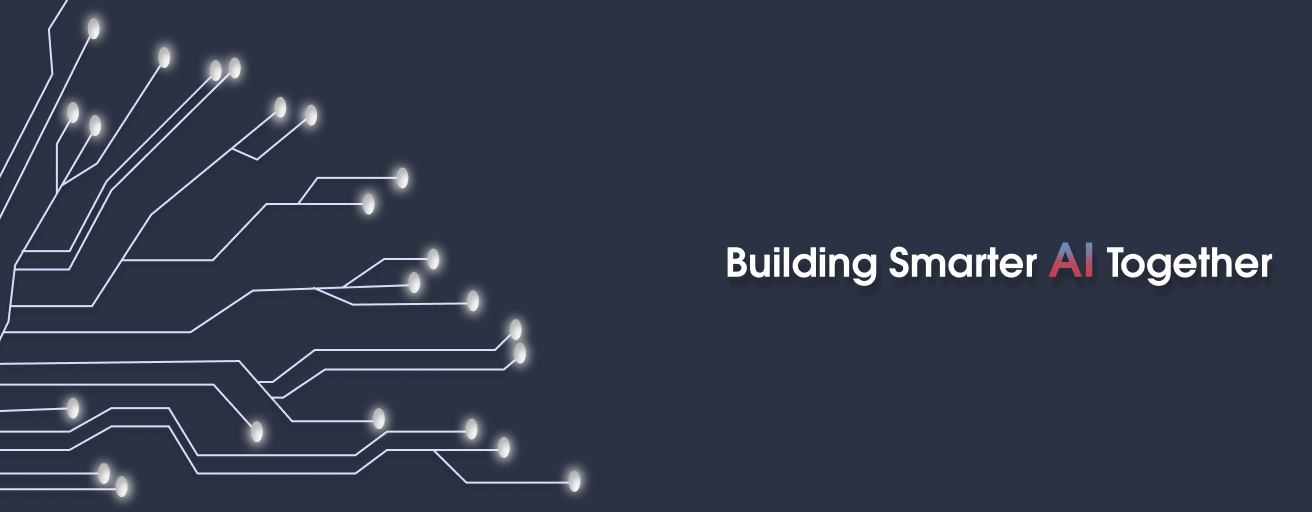
Modern AI systems demand more than single-sensor inputs to achieve reliable performance. Multi-sensor data annotation combines information from cameras, LiDAR, radar, and other sensors to create comprehensive training datasets that power autonomous vehicles, robotics, and smart city applications. This approach addresses the fundamental limitations of single-sensor systems while enabling more accurate and robust AI models.
The complexity of annotating multi-sensor data presents unique challenges. Unlike traditional single-modality labeling, this process requires precise synchronization across different data types, spatial alignment between sensors, and consistent object identification across multiple viewpoints. Understanding these requirements is essential for organizations developing next-generation AI systems.
Understanding Multi-Sensor Data Annotation
Multi-sensor data annotation involves labeling information collected simultaneously from multiple sensing devices. This process goes beyond simple object detection in images—it requires annotators to maintain consistency across different data modalities while ensuring temporal and spatial alignment.
The foundation of this approach lies in sensor fusion, where data from various sources combines to create a more complete environmental understanding. For example, autonomous vehicles use cameras for visual recognition, LiDAR for distance measurement, and radar for motion detection. Each sensor provides unique information that, when properly annotated and fused, creates a comprehensive perception system.
Successful multi-sensor annotation requires specialized tools and workflows. Annotators must work with 3D point clouds, 2D images, and sensor calibration data simultaneously. The process demands understanding of how different sensors capture information and how their outputs relate to each other in both space and time.
Key Challenges in Multi-Sensor Systems
Single-sensor approaches face significant limitations in complex real-world environments. These systems lack redundancy, making them vulnerable to sensor failures or environmental interference. Weather conditions, lighting changes, or physical obstructions can severely impact single-sensor performance, leading to unreliable AI outputs.
Data alignment presents another major challenge. Different sensors capture information at varying rates and formats. Cameras might record at 30 frames per second while LiDAR operates at 10 Hz. Synchronizing these disparate data streams requires precise timing and sophisticated processing pipelines.
Quality consistency becomes increasingly difficult as sensor networks grow. Each device may have different calibration requirements, noise characteristics, and environmental sensitivities. Managing these variations while maintaining annotation accuracy requires robust quality assurance processes and domain expertise.
Benefits of Multi-Sensor Approaches
Multi-sensor data annotation delivers significant advantages over single-sensor methods. Enhanced accuracy emerges from combining complementary information sources. While cameras excel at texture and color recognition, LiDAR provides precise distance measurements. Together, they create more reliable object detection and classification systems.
Redundancy built into multi-sensor systems improves overall reliability. When one sensor experiences interference or failure, others can compensate, maintaining system functionality. This redundancy is crucial for safety-critical applications like autonomous driving or industrial robotics.
Environmental robustness increases substantially with multi-sensor fusion. Radar works effectively in fog and rain when cameras struggle. Thermal sensors detect objects in low-light conditions where traditional cameras fail. This combination ensures consistent performance across diverse operating conditions.
Types of Multi-Sensor Data Annotation
2D and 3D Object Annotation forms the backbone of multi-sensor labeling. This includes drawing bounding boxes around objects in camera images while simultaneously creating 3D cuboids in LiDAR point clouds. Precise segmentation masks define exact object boundaries at both pixel and point levels.
Cross-modal annotation ensures consistency across sensor types. Objects identified in camera images must correspond to the same features in LiDAR data. This process requires sophisticated projection techniques and careful calibration to maintain spatial accuracy.
Temporal synchronization aligns annotations across different sensor frame rates. Events must be consistently labeled across all sensors despite varying capture frequencies. This alignment is critical for training AI systems that process multi-sensor data in real-time.
Why Multi-Sensor Systems Outperform Single-Sensor Solutions
Performance improvements in multi-sensor systems stem from information complementarity. Each sensor type captures different aspects of the environment, creating a more complete picture. Camera data provides visual context while LiDAR delivers precise spatial measurements. Combined, they enable more accurate scene understanding than either sensor alone.
Failure resilience represents another key advantage. Multi-sensor systems continue operating when individual components fail or encounter interference. This robustness is essential for critical applications where system downtime could have serious consequences.
Processing efficiency can actually improve with well-designed multi-sensor systems. By distributing computational tasks across multiple data streams, systems can achieve better overall performance while maintaining real-time operation requirements.
Macgence's Multi-Sensor Data Annotation Solutions
Professional annotation services address the complexity challenges inherent in multi-sensor projects. Macgence provides comprehensive solutions spanning 2D/3D object detection, cross-modal consistency verification, and temporal synchronization across sensor networks.
Quality assurance processes ensure accuracy levels exceeding 95% through multi-stage verification workflows. Domain specialists trained in specific sensor types handle complex annotation tasks while maintaining consistency across different data modalities.
Scalable workflows accommodate projects from small research initiatives to large-scale commercial deployments. Whether requiring off-the-shelf datasets or custom annotation services, professional providers can adapt to specific project requirements while maintaining quality standards.
The Future of Multi-Sensor AI
Multi-sensor data annotation represents a critical capability for organizations developing advanced AI systems. As sensor technology becomes more sophisticated and affordable, the ability to effectively annotate and fuse multi-modal data will differentiate successful AI implementations from those that struggle with real-world complexity.
The investment in proper multi-sensor annotation pays dividends through improved system reliability, enhanced performance, and broader operational capability. Organizations that master these techniques position themselves to leverage the full potential of modern sensing technologies while building AI systems that truly understand and respond to complex environments.











